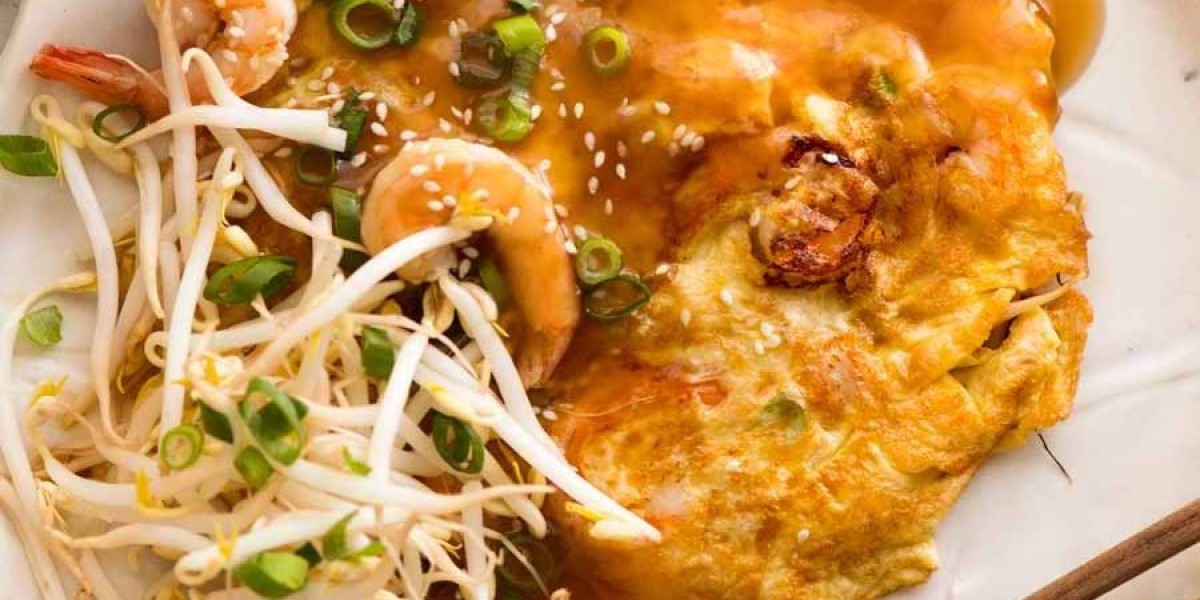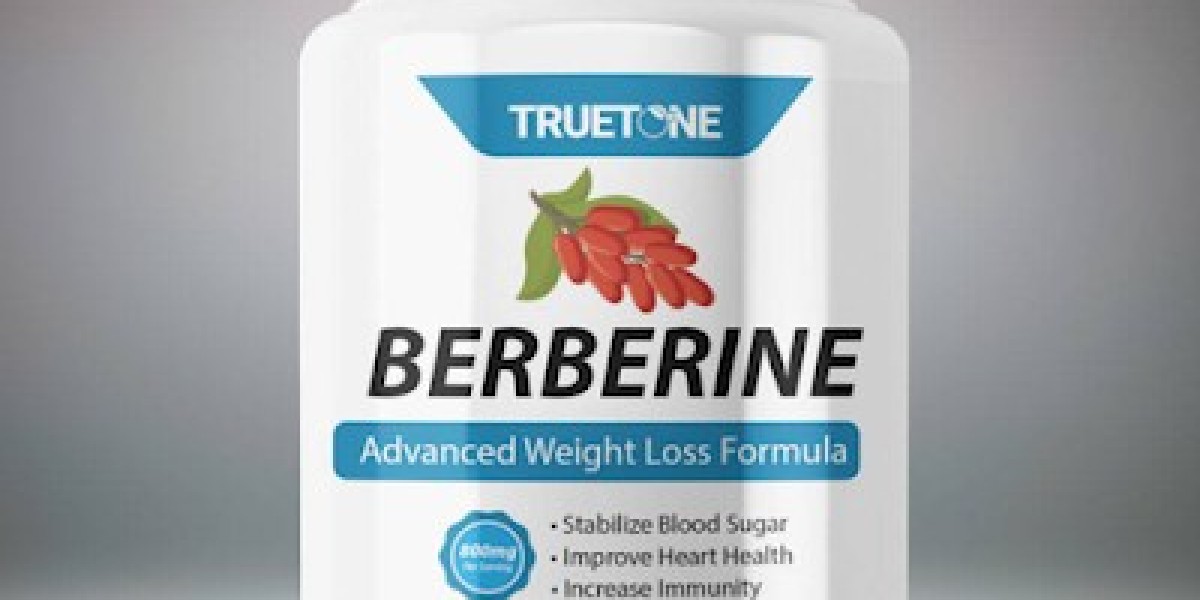Egg fu yung, also spelled as egg foo young or egg foo yung, is a Chinese dish that consists of eggs mixed with various ingredients, such as meat, vegetables, and seasonings, and then fried into thick patties. It is often served with brown sauce, gravy, and sometimes rice or noodles. Egg fu yung is a popular and versatile dish that can be enjoyed for breakfast, lunch, or dinner. But how nutritious is egg fu yung, and what are the benefits and drawbacks of eating it? Here is a guide to egg fu yung nutrition based on a typical serving size of one patty (about 175 grams).
Egg Fu Yung Nutrition: Calories and Macronutrients
According to the Nutritionix database, one patty of egg fu yung contains 371 calories, 27 grams of fat, 7.8 grams of carbohydrates, and 24 grams of protein. The fat content is high, accounting for 66% of the total calories, and includes 6.7 grams of saturated fat, 0.3 grams of trans fat, 8.8 grams of polyunsaturated fat, and 9.4 grams of monounsaturated fat. The carbohydrate content is low, accounting for 11% of the total calories, and includes 1.4 grams of dietary fiber and 3.1 grams of sugar. The moderate protein content accounts for 23% of the total calories.
The calories and macronutrients of egg fu yung can vary depending on the ingredients and the cooking method. For example, leaner meats, such as chicken or shrimp, instead of pork or beef, can reduce the fat and calorie content. Adding more vegetables, such as bean sprouts, scallions, carrots, and peas, can increase the fiber and vitamin content.
Micronutrients and Antioxidants
Egg fu yung is a good source of several micronutrients and antioxidants, such as folate, vitamin A, magnesium, iron, potassium, zinc, and vitamin C. According to the Nutritionix database, one patty of egg fu yung provides 13% of the daily value (DV) of folate, 8% of the DV of vitamin A, 19% of the DV of iron, 10% of the DV of potassium, 8% of the DV of calcium, and 5% of the DV of vitamin C. These nutrients are essential for various functions in the body, such as blood formation, vision, immune system, muscle contraction, bone health, and collagen synthesis.
The micronutrient and antioxidant content of egg fu yung can also vary depending on the ingredients and the cooking method. For example, using more eggs, or whole eggs instead of egg whites, can increase the choline, vitamin D, and vitamin B12 content. More colorful vegetables, such as red peppers, broccoli, or spinach, can boost the beta-carotene, vitamin K, and lutein content. Using more spices, such as garlic, ginger, or turmeric, can enhance the allicin, gingerol, and curcumin content.
Conclusion
Egg fu yung is a delicious and nutritious dish that can be enjoyed as a balanced diet. However, it is important to be mindful of the Egg Fu Yung Nutrition, ingredients, cooking method, portion size, and frequency of consumption to maximize the health benefits and minimize the health risks of egg fu yung. A good way to make egg fu yung healthier is to use leaner meats, more vegetables, less oil, and lighter sauces and to serve it with whole grains or salads rather than refined carbs or fried foods.







